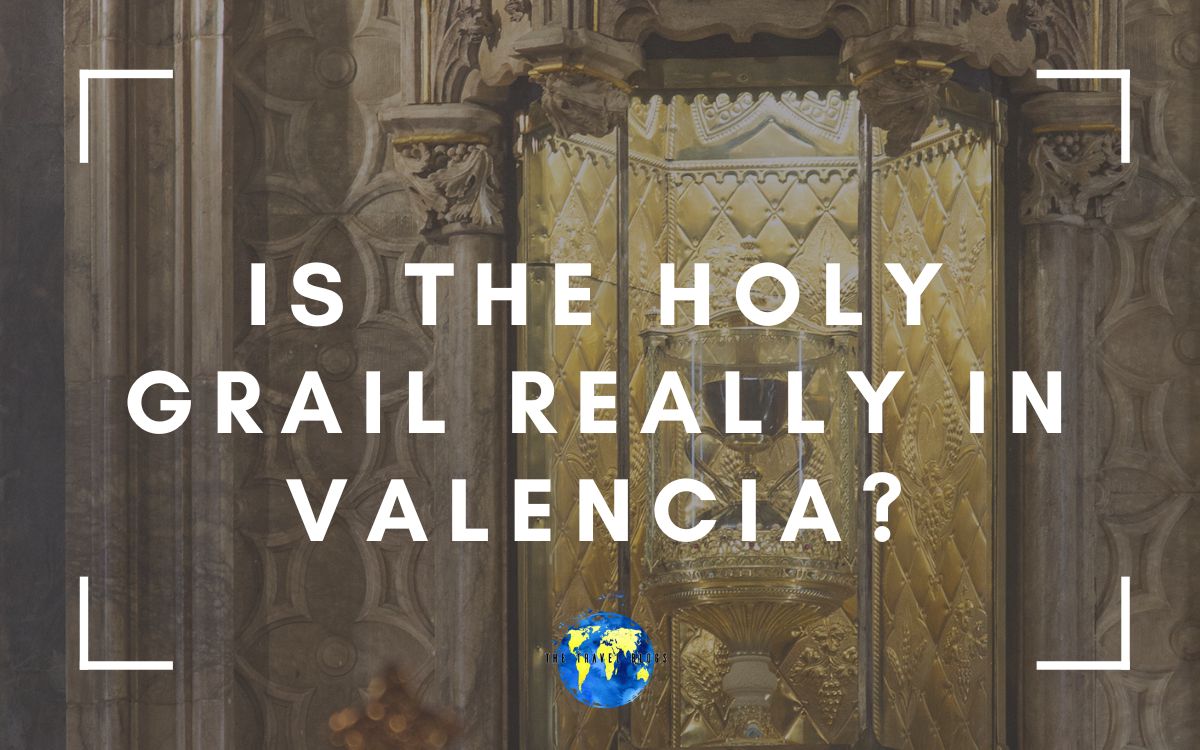Ever dreamt of unraveling a historical mystery? Valencia Cathedral is home to an ancient chalice that some say is the Holy Grail. Intrigued? You should be.
I have visited Valencia many times since moving to Spain in 2016, and the claim that the cup that Jesus during the Last Supper resides in the city is one that has always got my imagination running. But is it a genuine relic, or a big fat lie for the tourists?
In this post, I’ll try to uncover the truth behind the Holy Chalice of Valencia and see if the Holy Grail really resides in Valencia Cathedral.
Key Takeaways
- Valencia Cathedral houses the Holy Chalice, believed by many to be the cup Jesus used at the Last Supper.
- The chalice in the cathedral is made of reddish-brown agate stone set on a carved gold reliquary.
- The artifact matches the size, material, and history associated with the Holy Grail.
- Research suggests that the cup dates back to the 2nd or 1st century BC and originated from the time of Jesus.
Coming your way in this post - click to expand ->
What is the Holy Grail?
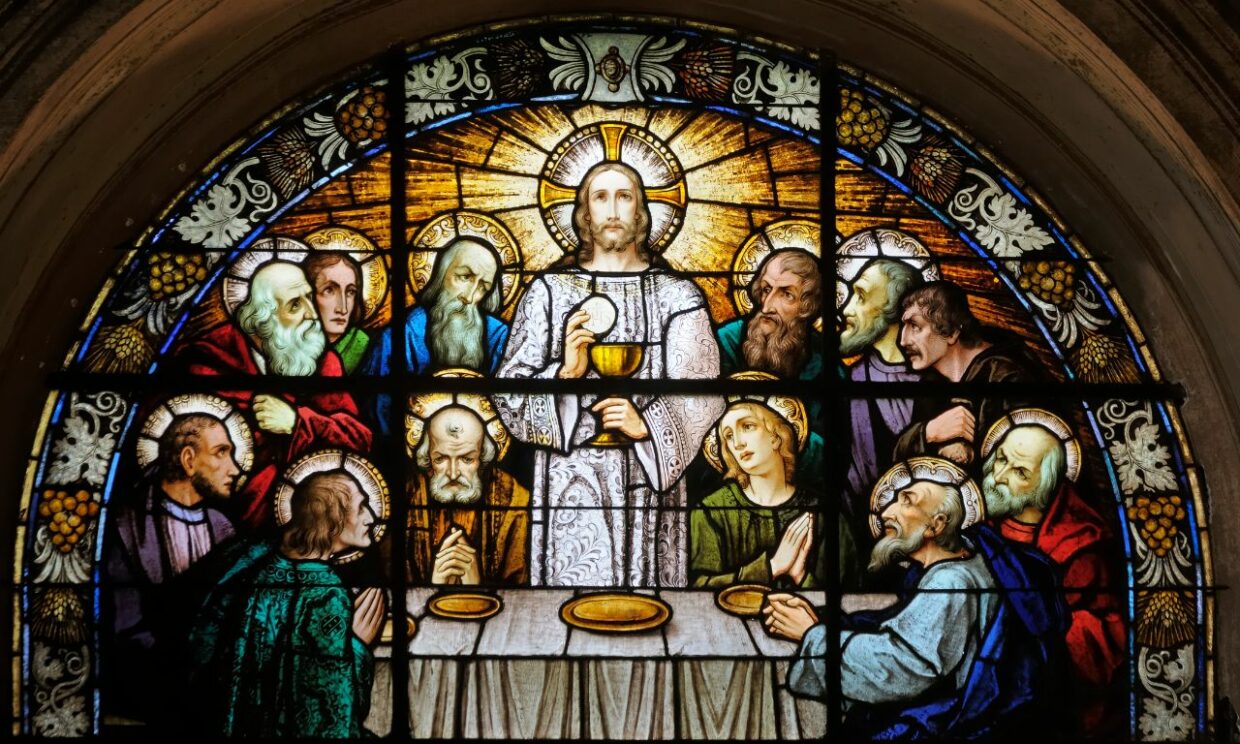
The Holy Grail is one of the most famous and enduring symbols in Christian mythology. Traditionally, it is thought to be the cup or chalice that Jesus Christ used at the Last Supper, the final meal he shared with his apostles before his crucifixion. This meal is commemorated in Christianity as the institution of the Eucharist, where bread and wine are consecrated and consumed in remembrance of Jesus’s body and blood.
Origins of the Holy Grail
While you might recognize the Holy Grail as a common theme in Arthurian literature, it’s important to understand that its origins are rooted in Christian tradition. It is believed to be the very cup used by Christ at the Last Supper. Joseph of Arimathea, according to the story of the Holy Grail, used this cup to collect Jesus’ blood during the crucifixion.
Beliefs and Legends
Over the centuries, the Holy Grail has been the subject of countless stories, legends, and quests. It is often depicted as possessing miraculous powers, such as the ability to provide eternal youth or happiness, and has been a popular theme in literature and art. The Grail appears in various texts, including legends, where it is sought after by King Arthur and the Knights of the Round Table. While this tale is told many times, my personal favorite is the Monty Python version!
Journey of the Holy Chalice
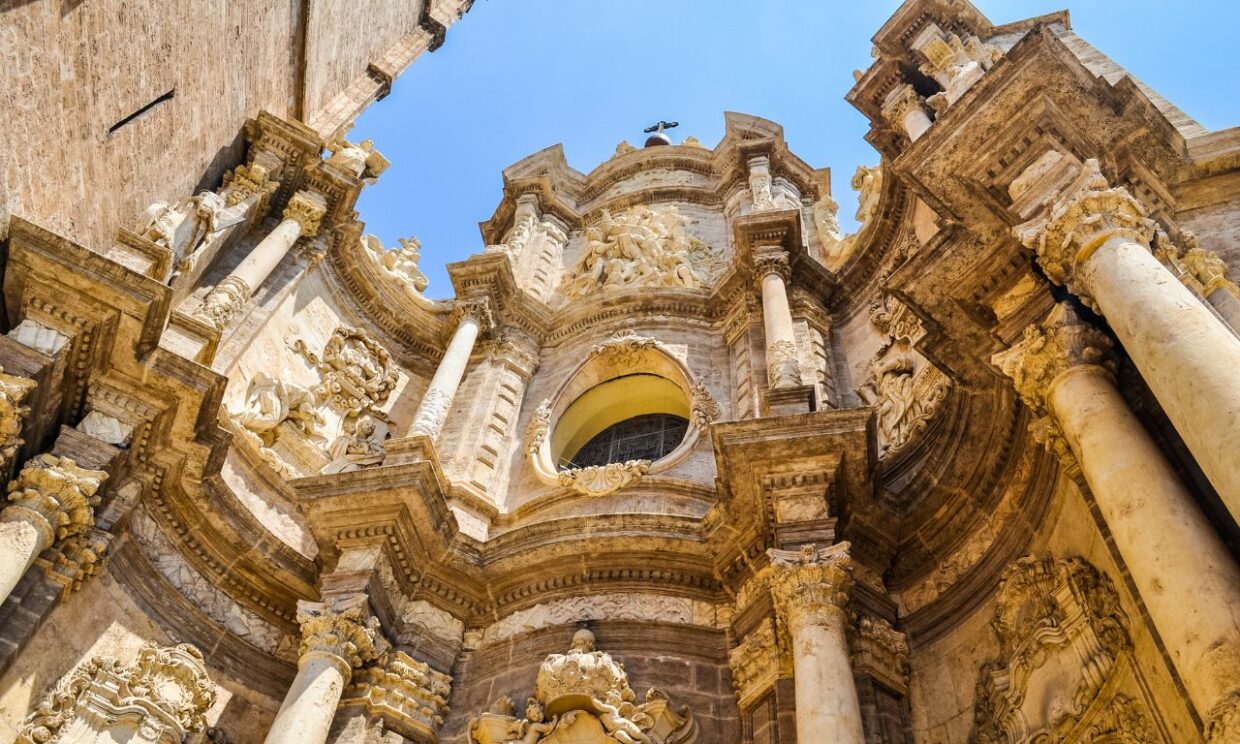
The Holy Chalice, believed to be the cup used by Jesus Christ at the Last Supper, has a storied journey from its origins to its current home in Valencia. According to tradition, the chalice was brought from Jerusalem to Rome by Saint Peter and was used by him and subsequent Popes for Eucharistic celebrations until the year 258. During the persecution of Christians by Emperor Valerian, Pope Sixtus II entrusted the chalice to his deacon, Saint Lawrence, to take it out of Rome to safeguard it.
Saint Lawrence brought the relic to Huesca, his parental home. Eventually, the chalice found its way to the monastery of San Juan de la Peña. In 1399, the monks of the monastery presented it to King Martin I of Aragón, who later moved it to the Palacio de la Alfajería in Zaragoza.
The chalice’s journey continued when King Alfonso the Magnanimous relocated it to the Royal Palace of Valencia in 1424. However, due to financial strains from military campaigns in the kingdom of Naples, Alfonso had to pledge the chalice to the church in 1437 to settle his debts.
For centuries, the Holy Chalice was preserved and venerated among the relics of the Valencia Cathedral. It was used during the Holy Thursday “monument” until the 18th century. Finally, in 1916, the chalice was placed in the old Chapter House, which had been repurposed as the Chapel of the Holy Chalice, where it remains today.
The Holy Grail in Valencia – A Myth or the Real Thing
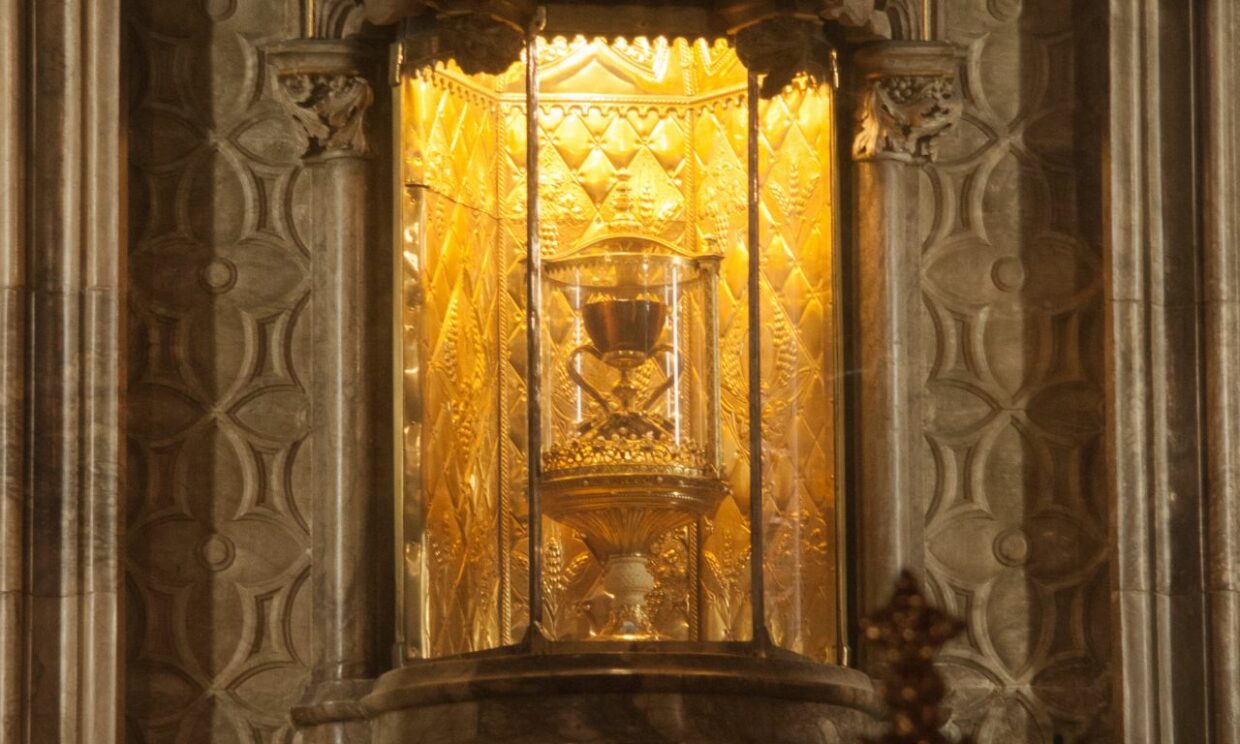
The Holy Chalice housed in the Valencia Cathedral is one of several relics throughout the world that various groups claim to be the true Grail. Whether the Holy Chalice of Valencia is the actual cup used by Jesus at the Last Supper is a matter of personal belief and faith rather than empirical evidence.
The case for the Valencia Chalice being the Holy Grail is based on a mix of historical documentation, tradition, and ecclesiastical endorsement. It is said to have a well-documented history that traces back through various Christian sites to the early centuries of the Church. The chalice has been recognized by several Popes, and it was used by Pope Benedict XVI in 2006 during a mass in Valencia, which added to its claims of authenticity.
In addition, a dissertation was recently added to the list of evidence for more indirect proof. Spanish art historian Ana Mafé García received her Ph.D. after researching the value of the Holy Grail for tourism. She writes that there is a 99.9 percent chance that the chalice is the real Holy Grail.
Based on the form and the measurements of the chalice, she concludes that it’s of ancient Jewish heritage. To be precise, the chalice dates back to the time of King Herod the Great, the father of the Herod who is such a prominent figure in Christ’s Passion. Furthermore, according to Mafé García, besides the fact that the stone used for the chalice can only be found in the Holy Land, it also “represents the tribe of Judah, of which Jesus of Nazareth was also a member.” Add to that the inscription with a reference to Jesus, and according to the art historian it’s clear: “It all adds up.”
CRUX
However, the lack of definitive physical evidence means that the chalice’s status as the true Holy Grail cannot be proven in a historical or scientific sense. The story of the Holy Grail is wrapped in centuries of legend and myth, and the Valencia Chalice is part of this complex tapestry.
And it must be said the actual existence of the Holy Grail may be more of a matter of faith rather than historical fact. There is no concrete evidence to confirm the Grail’s physical existence, and it has never been conclusively identified. Various artifacts have been claimed to be the Holy Grail, and these claims are often based on tradition or legend rather than verifiable evidence.
In a broader sense, the search for the Holy Grail can be seen as a metaphor for the human quest for knowledge, enlightenment, or spiritual fulfillment. The Grail’s elusive nature and the difficulty of the quest reflect the challenges faced in these personal journeys.
Other Relics Claiming to be the Holy Grail
- Genoa Chalice (Sacro Catino): The Genoa Chalice, also known as the Sacro Catino, is a green glass dish held at the Genoa Cathedral. It was not associated with the Last Supper until after the Grail romances emerged. The first known association is from the late 13th century. It was damaged during Napoleon’s conquest, revealing it to be glass, not emerald as previously thought.
- Chalice of Doña Urraca: The Chalice of Doña Urraca, kept in the Basilica of San Isidoro in León, Spain, is a cup made between 200 BC and 100 AD. It is also claimed to be the true chalice from which Jesus drank at the Last Supper.
- Antioch Chalice: The Antioch Chalice, a 6th-century silver-gilt object, was attached to the Grail legend in the 1930s. It is one of the many artifacts that have been associated with the Holy Grail over the centuries.
- Nanteos Cup: The Nanteos Cup is a medieval wooden bowl found near Rhydyfelin, Wales. It is another relic that has been associated with the Holy Grail, particularly in the 20th century.
Interesting Facts About the Holy Grail of Valencia
- Mysterious Journey: The Holy Chalice is said to have traveled from Jerusalem to Rome before chalice was taken to Spain for safekeeping during the 1st century AD. It was safeguarded in the monastery of San Juan de la Peña for several centuries before becoming part of King Martin of Aragon’s reliquary in 1399.
- Valencian Residence: Since the early 15th century, the Holy Chalice has been in Valencia, brought there by King Alfonso the Magnanimous. Initially kept in the Royal Palace, it has been displayed in the Valencia Cathedral’s Gothic chapel since 1916.
- Papal Recognition: Pope Benedict XVI recognized the Holy Chalice of Valencia as a genuine relic in 2006. Both Pope John Paul II and Pope Benedict XVI used it during mass when they visited Valencia.
- It’s a genuine Ancient Artifact: Archaeological studies suggest that the Holy Chalice dates back to between the 4th century BC and the 1st century AD, making it one of the oldest Christian relics.
- Pilgrimage Site: The Holy Chalice attracts numerous visitors and pilgrims to Valencia, serving as a testament to its enduring spiritual significance and cultural intrigue.
Visiting The Valencia Cathedral & Seeing The Holy Grail
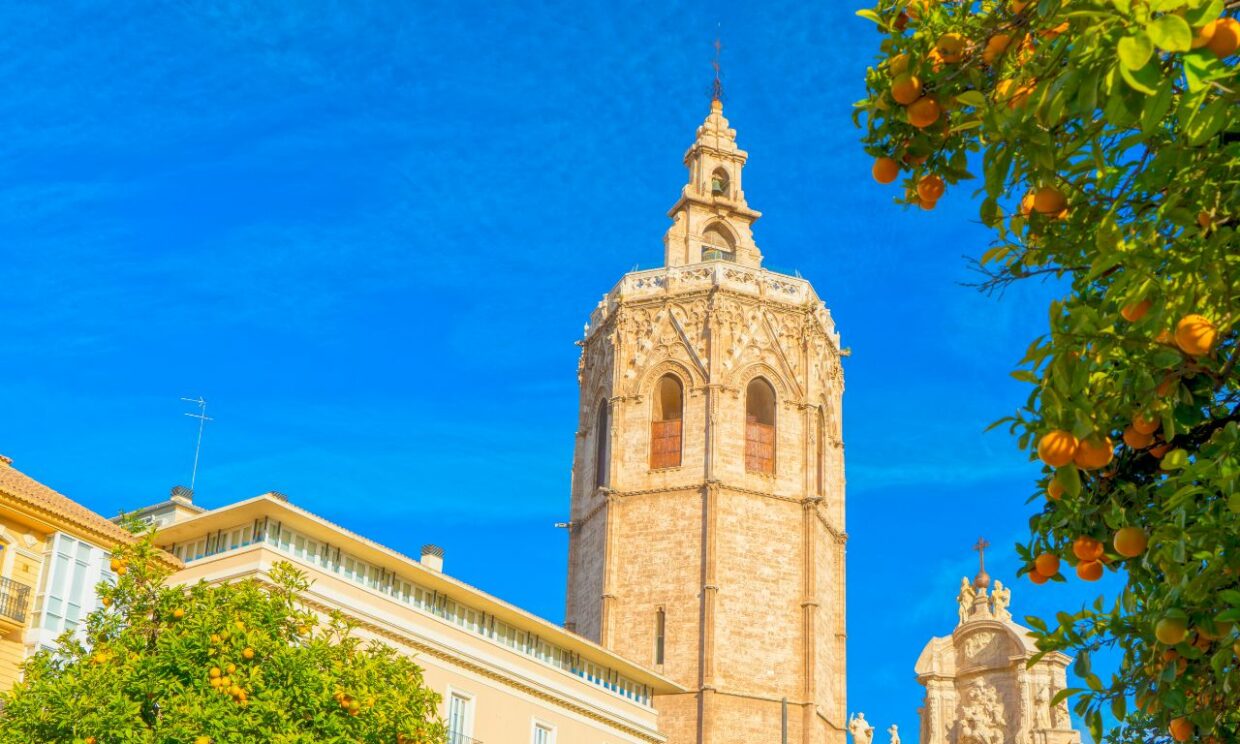
Apart from the Holy Chalice. Valencia Cathedral is a historical and architectural marvel is a must-visit for anyone traveling to Valencia. Here’s what you need to know when planning your visit to see the Holy Grail.
Where can the Holy Grail be found in Valencia?
- Situated in El Carmen: The Cathedral is nestled in the heart of Valencia’s old town, El Carmen.
- Plaza: It stands between Plaza de la Reina and Plaza de la Virgen, making it easily accessible from key parts of the city.
- Inside the cathedral: You can find it in the Chapel of the Holy Grail
Entrance Fee
- General Admission: €9.00, which includes an insightful audio guide.
- Discounts: Reduced rates are available with the Valencia tourist card.
Practical Information
- Audio Guides: Complimentary audio guides provide a rich narrative of the Cathedral’s history and features.
- Multilingual Availability: The guide is available in Spanish, English, German, Italian, French, and Chinese.
- Selective Touring: Visitors have the flexibility to skip sections on the audio guide.
Visiting Hours
- Prayer Access: A dedicated area for prayer is always open.
- Touring Times: The Cathedral and museum are open for tours with an audio guide during the following times:
- Winter (Jan-Feb): Mon-Sat 10:30-18:30, Sat until 17:30, Sun closed
- Spring (Mar-Jun): Mon-Fri 10:30-18:30, Sat until 17:30, Sun 14:00-17:30
- Summer (Jul-Sep): Mon-Sat 10:30-18:30, Sun 14:00-18:30
- Autumn (Oct-Nov): Mon-Sat 10:30-17:30, Sun 14:00-17:30, Dec similar to Nov
- Special Dates: Closed on 01 and 06 Jan, and 25 Dec
Contact Details
- Location: Catedral de Valencia, Plaça de l’Almoina, 46003 Valencia, España.
- Phone: +34 96 391 8127.
Final thoughts on the Holy Chalice of Valencia
In the end, whether the Holy Chalice in Valencia is the mythic Grail is less a question of fact and more one of faith. For believers, the chalice’s history and the reverence with which it is treated may be enough to consider it the real thing. For skeptics, the absence of conclusive proof means it remains a symbol of the enduring legend of the Holy Grail.
